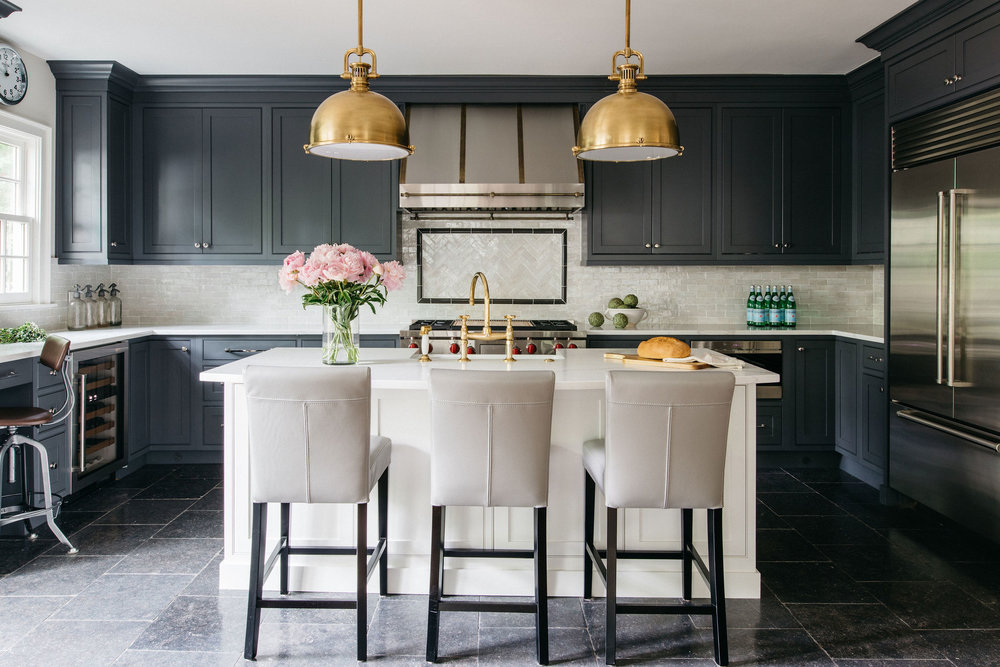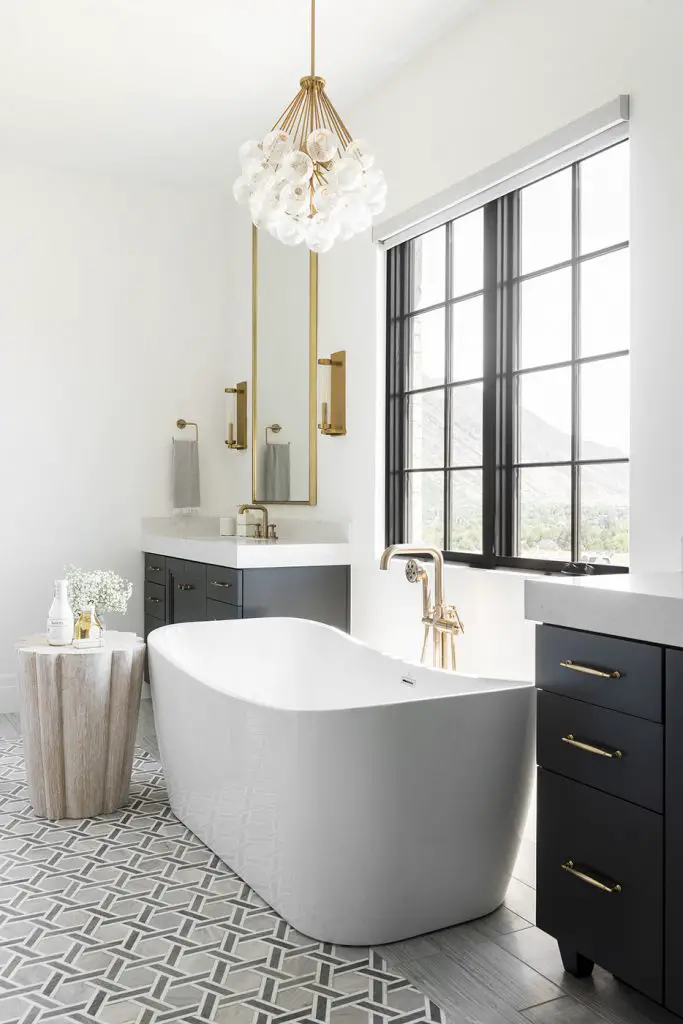When there are no water shortages in your area, it can be easy to take the abundance of water for granted. Tap water arrives consistently, at a reasonable price, and gets the job done for you every day. With everything it seems we cannot live without, maybe now is a good time to pamper yourself with high-end amenities and technology when it comes to your home. But before you go splashing out on that ultra-high-tech shower that pulsates and bubbles leaving you clean yet relaxed and pampered for hours on end, you should know how to save water at your home first.

Here are simple things you can do every day to conserve water and save money.
1. Fix leaks
Fixing small leaks can save hundreds of gallons of water every year and add up to significant savings. If you spot leaks, fix them now to save water and money. To combat leaks, look for signs. Check for damp patches on walls and ceilings, particularly near the kitchen and bathroom. Also, look for large puddles on your lawn that might be coming from your house.
If you cannot find the source of the leak, next look for signs of water damage around your ceiling. Look for holes in your drywall or wood as well as peeling paint and discoloration. If you can see signs of water damage from beneath your ceiling, then you must take action immediately because otherwise, mold may start growing and lead to much greater problems. Undetected ceiling leaks can not only damage the ceiling but also the walls, flooring, and even electrical wiring. Since ceiling damage and the leak is noticeable because they are high up and often hard to reach, it is best to call a professional as soon as possible. They will be able to pinpoint the source of the leak and repair any damage before it becomes worse.
2. Use makeup sponges
Makeup sponges are a great way to clean your makeup brushes without using water. Water is not the most sanitary option for cleaning brushes and is hard on the bristles, so if you are looking for a way to clean them that does not involve water, this is a great option.
Using a makeup sponge to clean your brushes is also very simple. You only have to wet the sponge and rub it on the bristles of your brush. Then you can rinse with cold water and dry flat or hang up to dry. It is that easy!
3. Use dishwasher to wash dishes

Use the dishwasher to wash dishes rather than do them by hand. The modern dishwashers use far less water than washing by hand. If you have a newer home, this might be a high-efficiency model, which uses even less. You can also take advantage of fill cycles when you are running the dishwasher by filling pots and pans with water and putting them on the top rack or the glass shelves in the door. That way, you would not have to run another cycle just for those items.
4. Data Analysis and Visualization
Water your lawn only when it needs it. Do not run sprinklers all day long or at night when they are not needed. It is also a good idea to install low-flow sprinklers for your lawn; these use about half as much water as regular models. You might also consider using a drip irrigation system. These are small, low-maintenance devices that can deliver water directly to plant roots instead of spraying them with large amounts of water. They work well in gardens and in larger landscapes where you do not want to waste water on space between plants. If you choose this route, also consider getting a rain gauge so you can turn off the system during rainy periods and make sure you’re watering only when necessary.
To determine if your lawn needs watering, use the “finger test.” Stick one or two fingers into the soil to see how much moisture is present. If you cannot grab any dirt with your fingertips, it is time to water.
5. Spend less time in shower
During the summer months, when families are more apt to be taking longer showers, it is especially helpful to be aware and make a conscious effort to reduce the amount of water used in the shower. One great way to do this is to start an incentive program with your family members so that everyone tries their best to complete their showers in the shortest amount of time possible. Aim for five to seven minutes in the shower. Turn the temperature down a little lower than you normally would, and turn off the tap while shampooing your hair or soaping up your body. This will help reduce the overall amount of water used by your household.

6. Turn off faucets when unnecessary
When you are in the shower, turn off the water while you lather up. The same goes for brushing your teeth and shaving. If you are unable to find any leaks or dripping faucets, try to make sure that the faucet is not running when it does not need to be.
7. Replace hose with broom and bucket
If you need to clean your car, do not waste water by using a hose. A broom and bucket will do the job just as well — and save water in the process. A typical hose uses about 5 gallons of water every minute when operated at full pressure whereas using a broom reduces the amount of wasted water by about 90 percent.
Conclusion
The little things you do at home can add up to big water savings over time. By following a few simple tips that make use of existing tools and resources, you can take big steps towards making your water footprint less substantial. These tips might not immediately solve all of your water needs, but they are steps in the right direction.
Thanks to all the companies linked above.
Leave a Reply